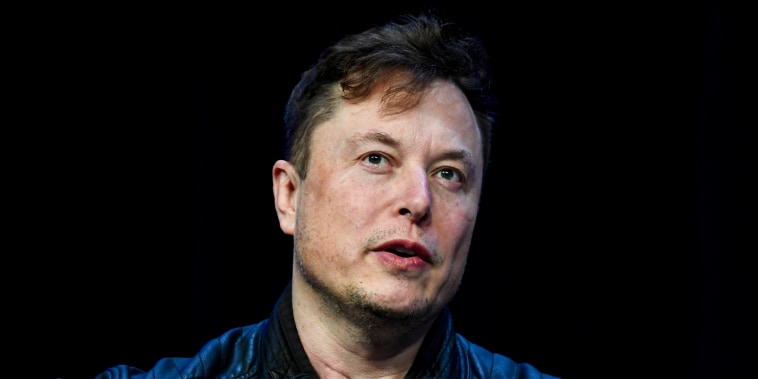Tesla, the innovative electric car company, has recently undergone a significant downsizing effort, with reports suggesting that the company has reduced its workforce by at least 14% this year. This move follows an announcement made by Tesla’s CEO, Elon Musk, who stated that layoffs at the company would exceed 10%.
The downsizing at Tesla is a strategic decision aimed at repositioning the company for long-term success in an ever-evolving market. As Tesla continues to face challenges such as production delays, cash flow concerns, and increased competition in the electric vehicle sector, streamlining operations and reducing costs have become crucial for the company’s sustainability.
Despite the significant reduction in its workforce, Tesla remains committed to its mission of accelerating the world’s transition to sustainable energy. The company’s focus on developing innovative electric vehicles, energy storage solutions, and renewable energy technologies remains unchanged.
One of the key reasons behind the downsizing at Tesla is the need to improve efficiency and reduce operating expenses. By trimming its workforce, the company aims to streamline its operations, eliminate redundant roles, and optimize its organizational structure. This restructuring effort is part of Tesla’s broader strategy to enhance productivity, drive innovation, and ensure long-term profitability.
While downsizing is often viewed negatively due to its impact on employees, Tesla has emphasized its commitment to supporting affected workers during this transition. The company has offered assistance programs, including severance packages, career coaching, and job placement services, to help affected employees navigate their next steps.
Moreover, Tesla’s downsizing efforts are not unique to the company, as many businesses face the need to adapt to changing market conditions and economic challenges. Downsizing can be a difficult but necessary step for companies to remain competitive, agile, and resilient in a dynamic business environment.
Looking ahead, Tesla’s downsizing initiative is expected to position the company for future growth and success. By reevaluating its operations, optimizing resources, and focusing on its core strategic priorities, Tesla aims to emerge stronger and more resilient in the highly competitive electric vehicle market.
In conclusion, Tesla’s downsizing by at least 14% this year reflects the company’s proactive approach to addressing challenges and ensuring its long-term viability. While the decision may have implications for its workforce, Tesla remains committed to its mission of driving sustainable energy solutions and innovation. By making strategic changes to its operations and organization, Tesla is poised to navigate the complexities of the automotive industry and continue leading the way in the electrification of transportation.



























